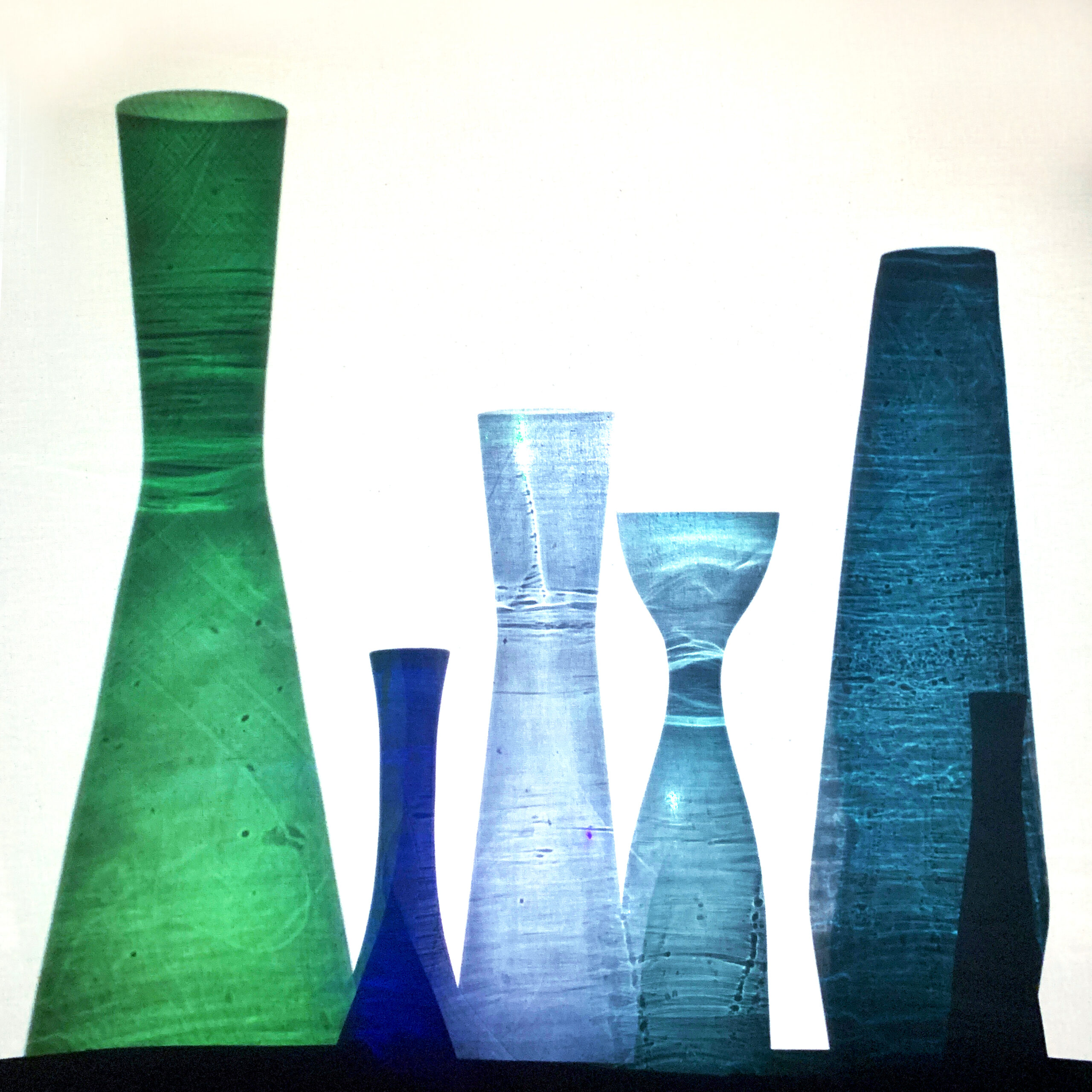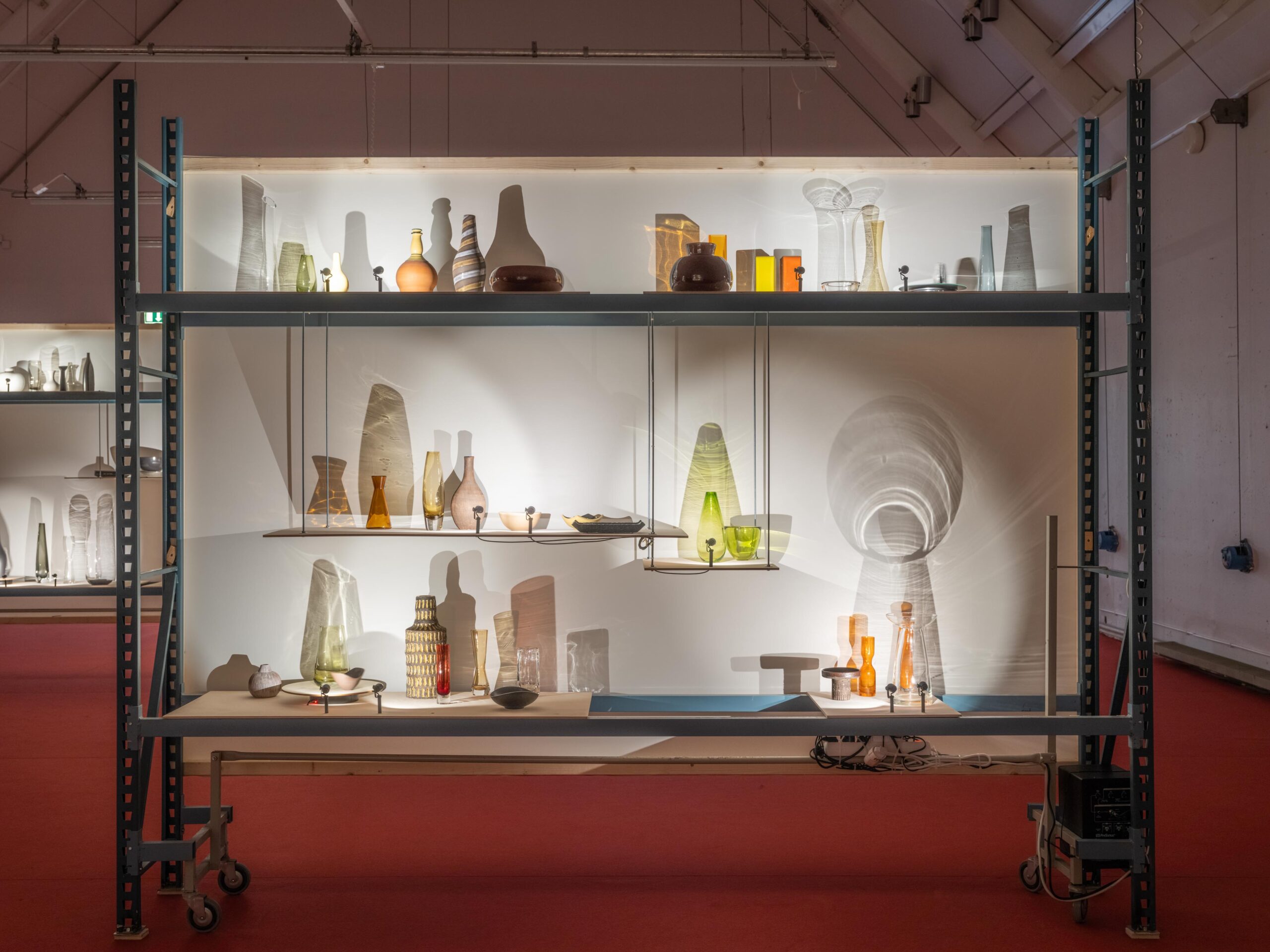
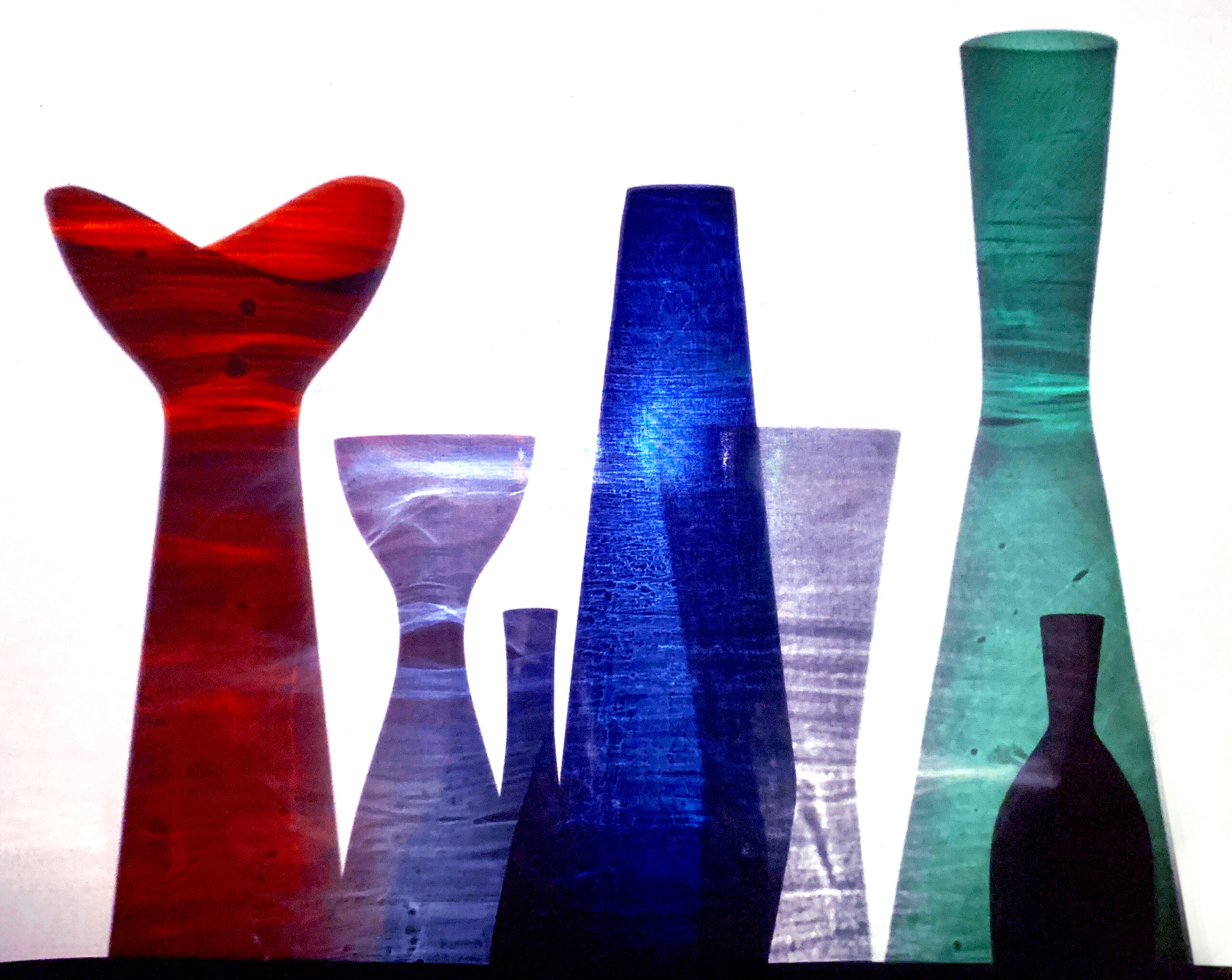

Open: October 23 – December 18, 2021. Wednesday, Thursday, Friday, 12-18, Saturday 12-16.
You have stood there before. Facing the high exhibition wall that explains Modernism to you. The fonts are impressive, the paint so fresh and clean. Dates and years in black and stark and clear explanations tell you what modernism was, how it began and how it changed the world. As you begin to hear other stories and see artworks by artists (others) previously not included in the canon of art, architecture, design, fashion, theater, music and dance your perception of modernism changes.
It seems to be about modernisms.
In Södertälje konsthall this fall we continue to look into artistic and aesthetic pasts as part of our mission to keep rereading and reformulating art history towards a more complete and complex understanding.
Artist Laercio Redondo has delved into the topic of the interplay between aesthetics, labour, time, political science, fashion and desires in several large exhibition projects from Barcelona to Rio de Janeiro for nearly two decades. Exhibition architect Birger Lipinski has mastered how objects and artistic platforms can be displayed and reformulated as such, always by physical means in some of Sweden’s most prominent museums. Together the duo holds a rare and specific expertise: they can unpick and underpin how art, architecture and design have been influenced by politics, collective thought, and at times, the element of chance.

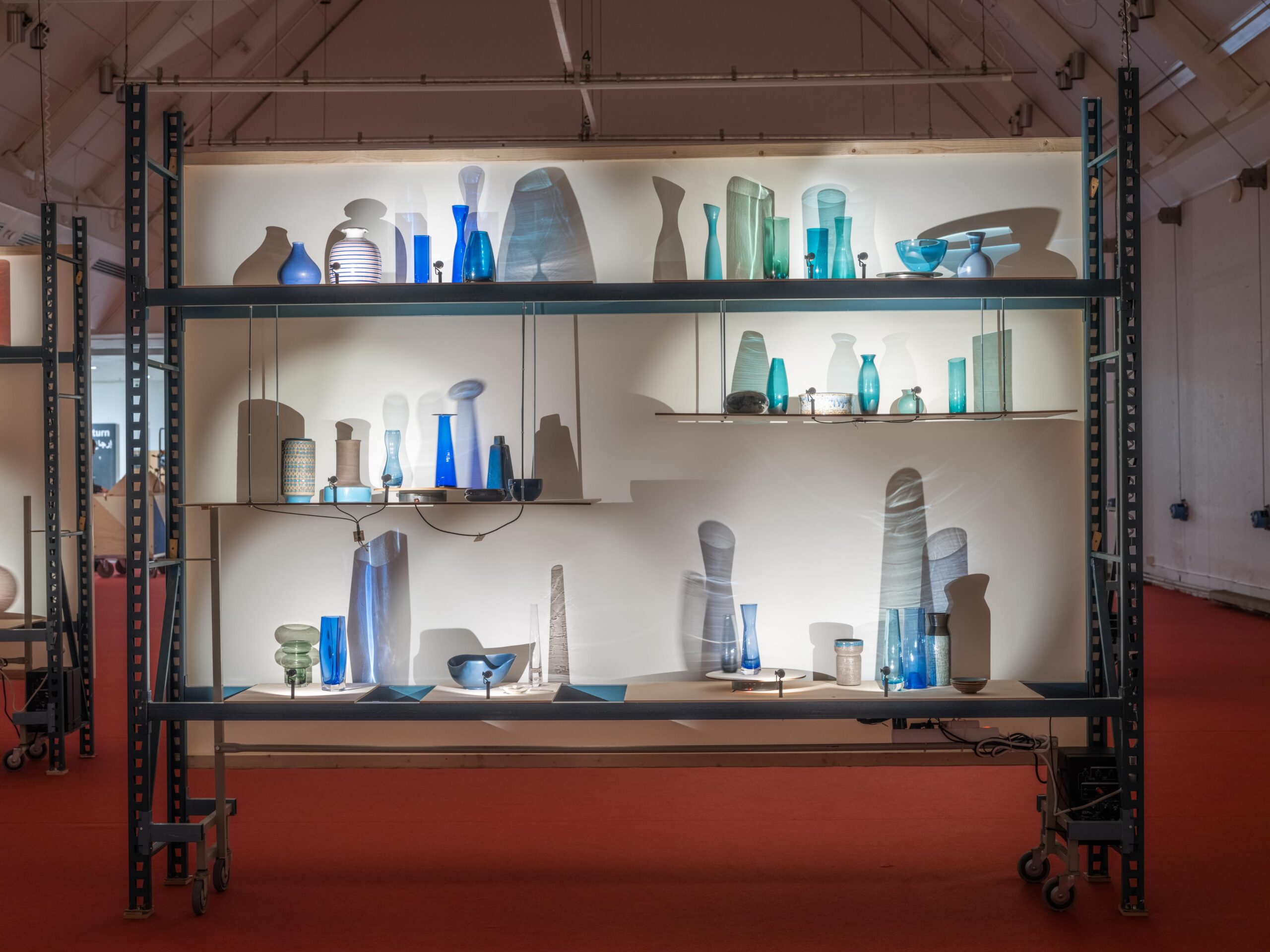
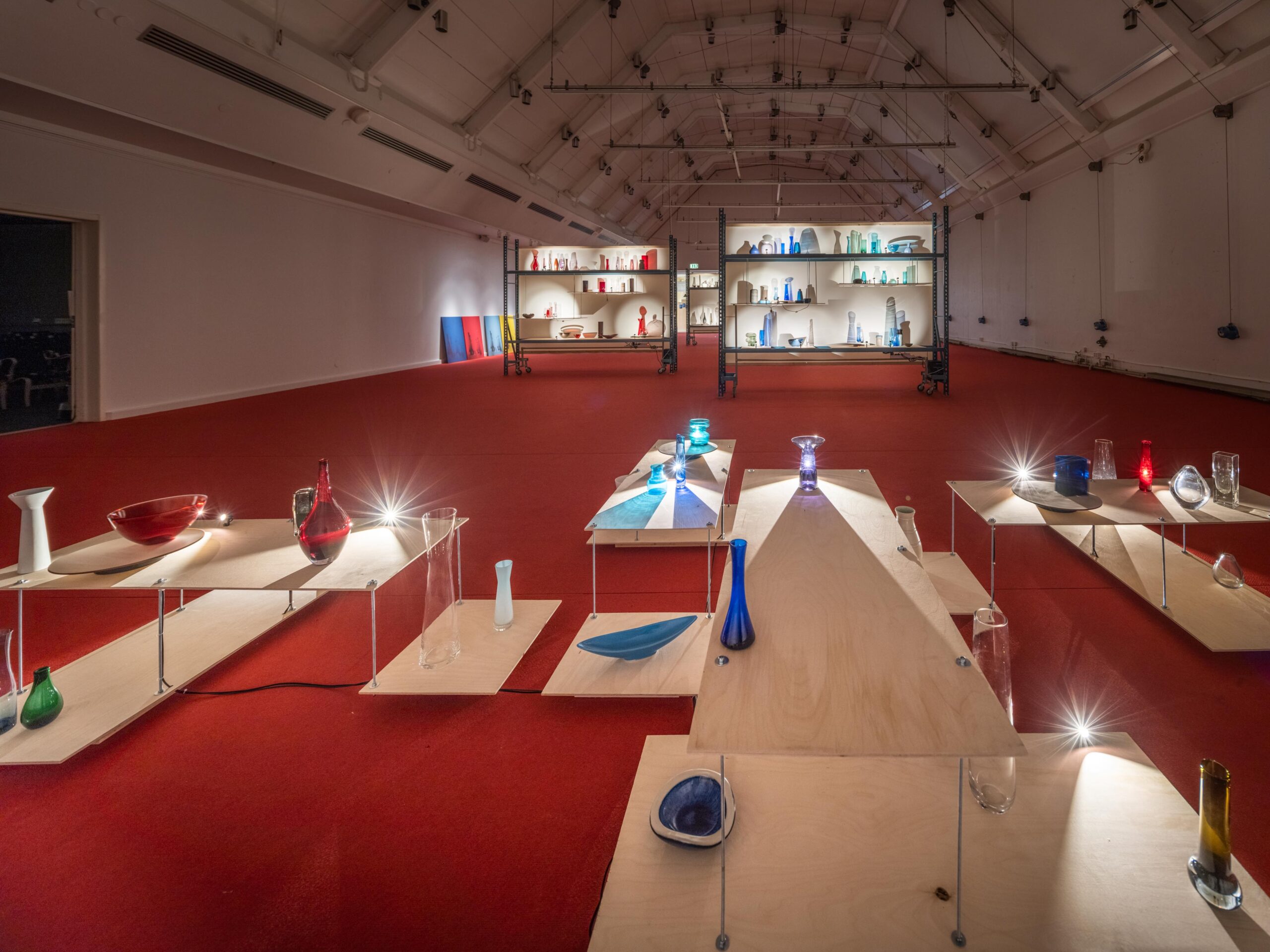
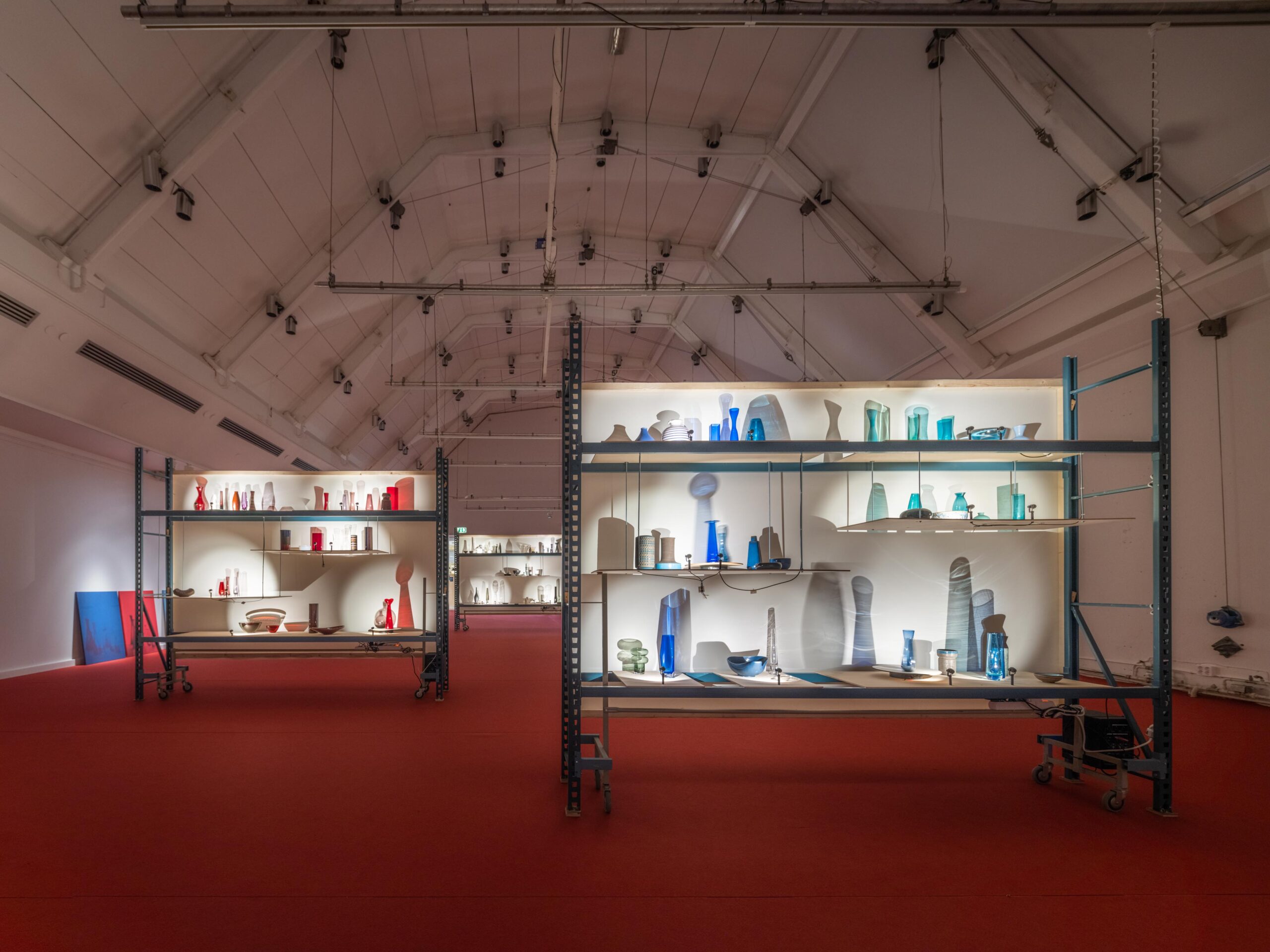
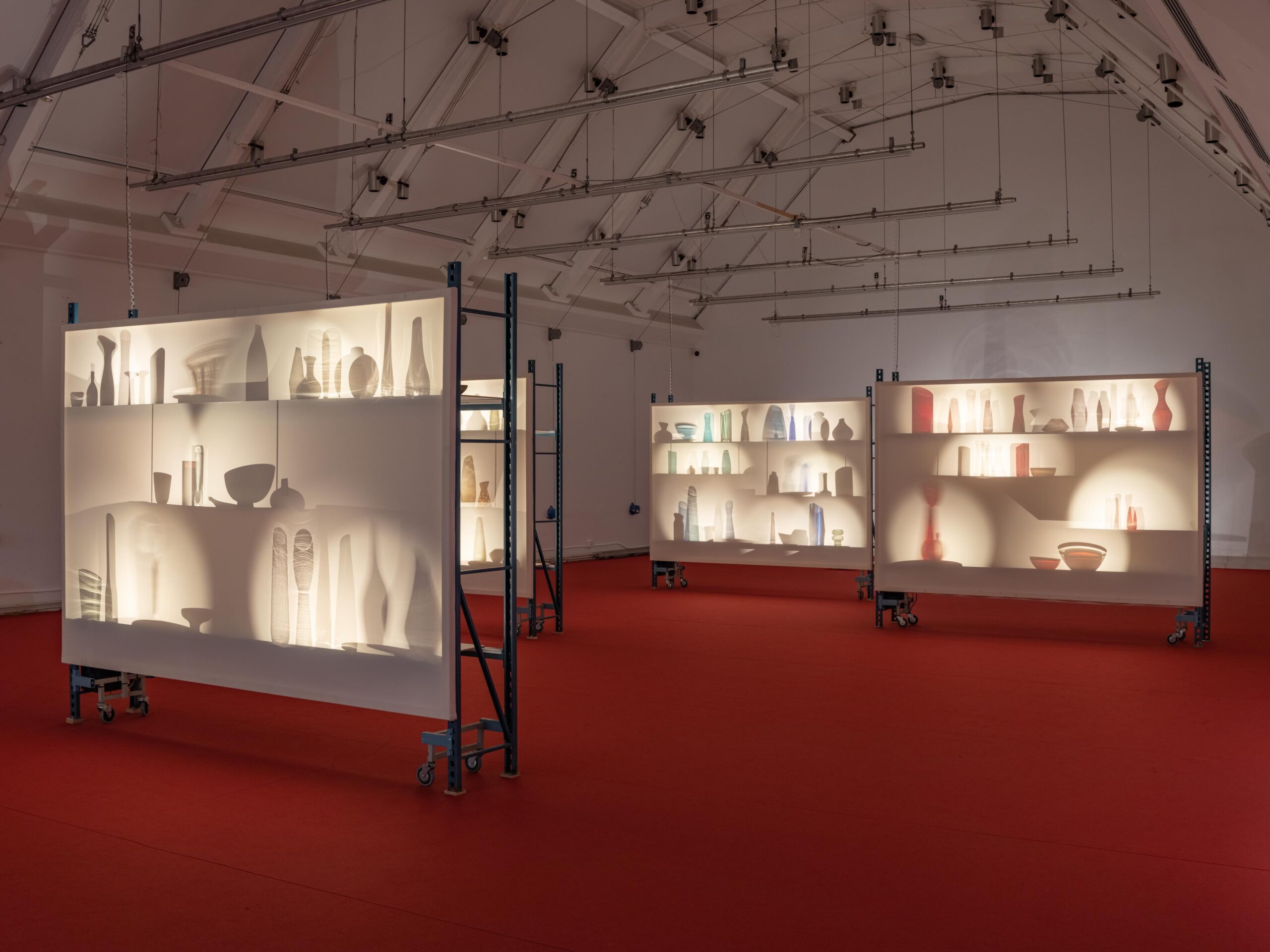
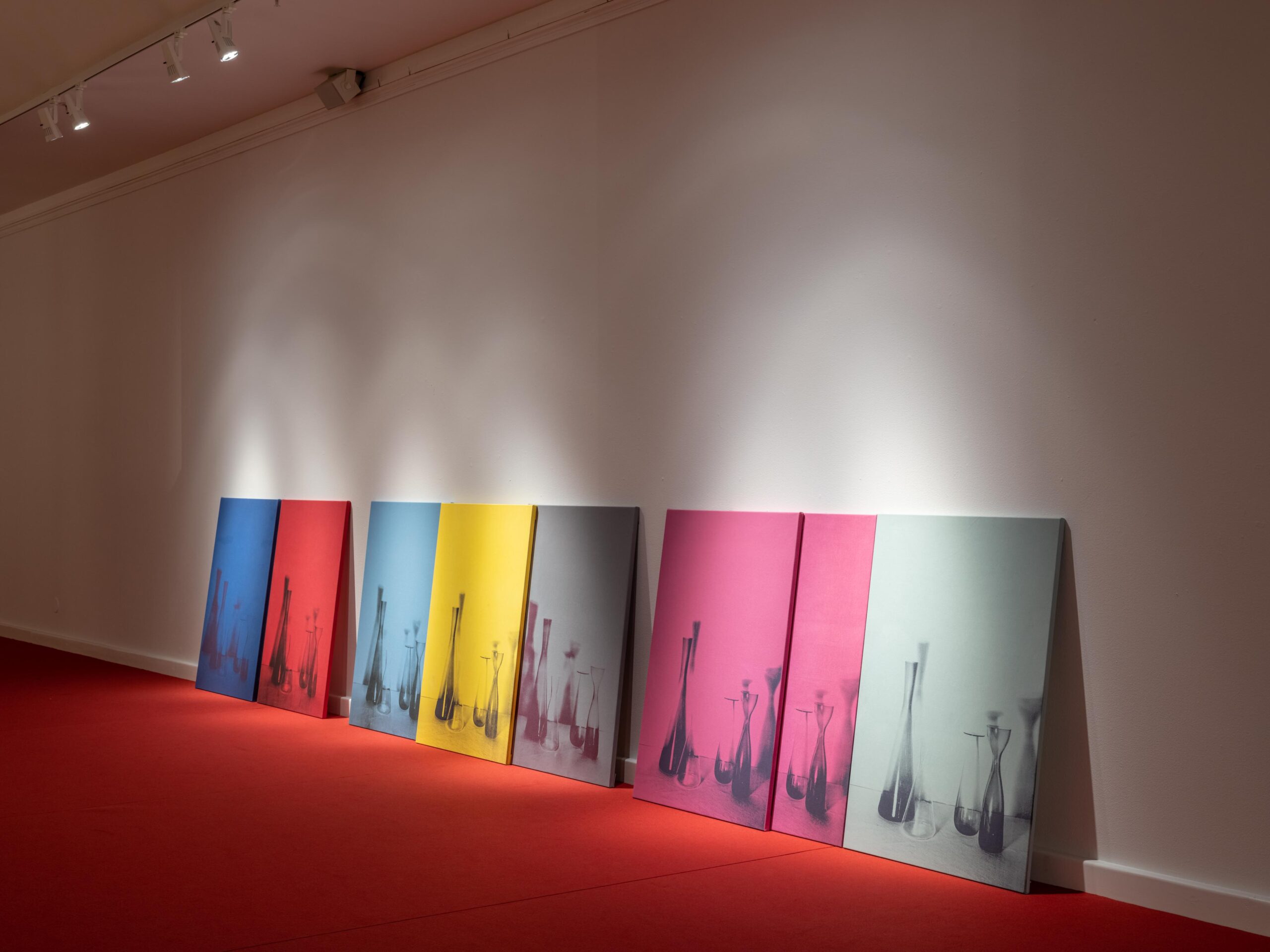
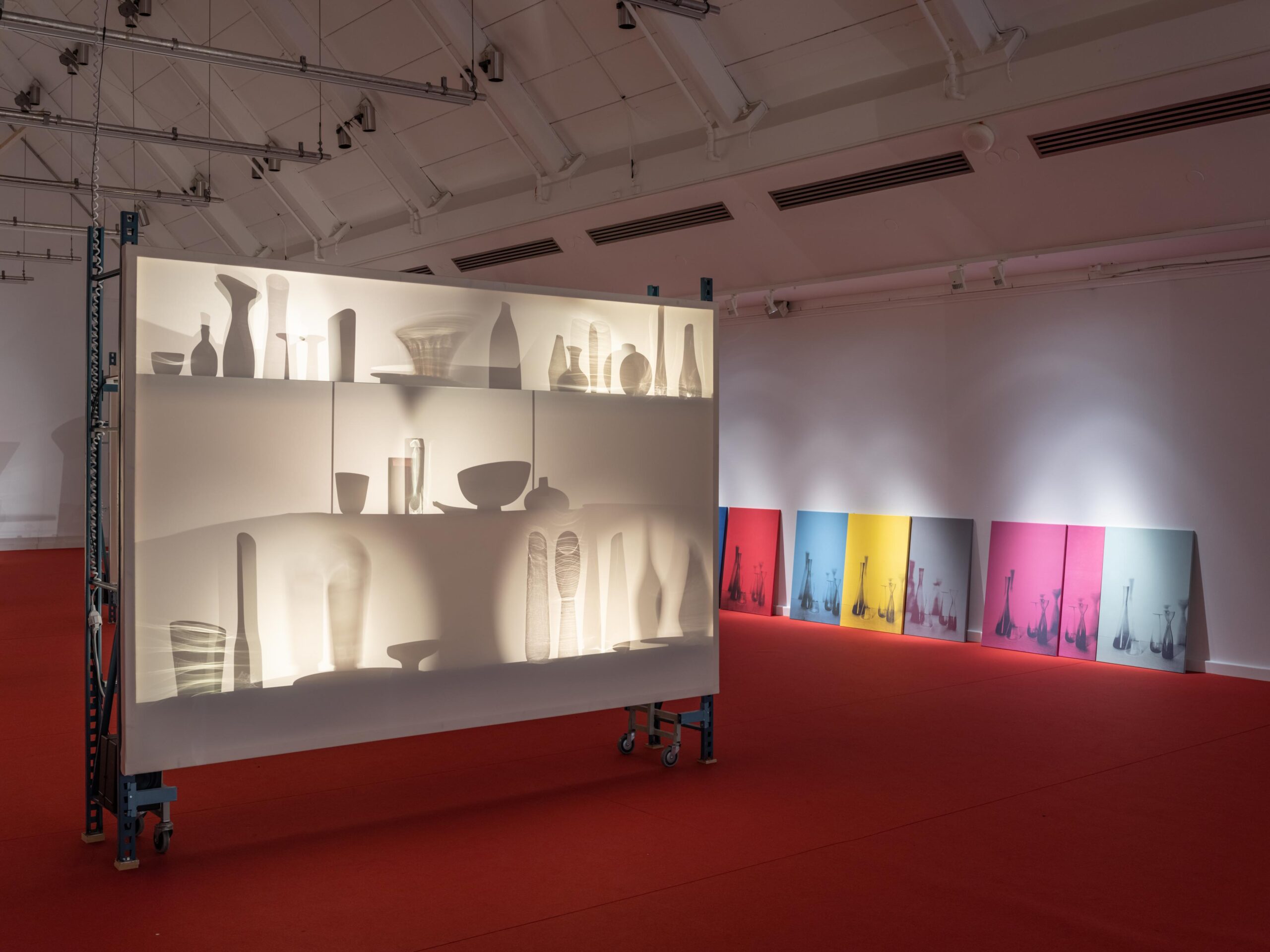
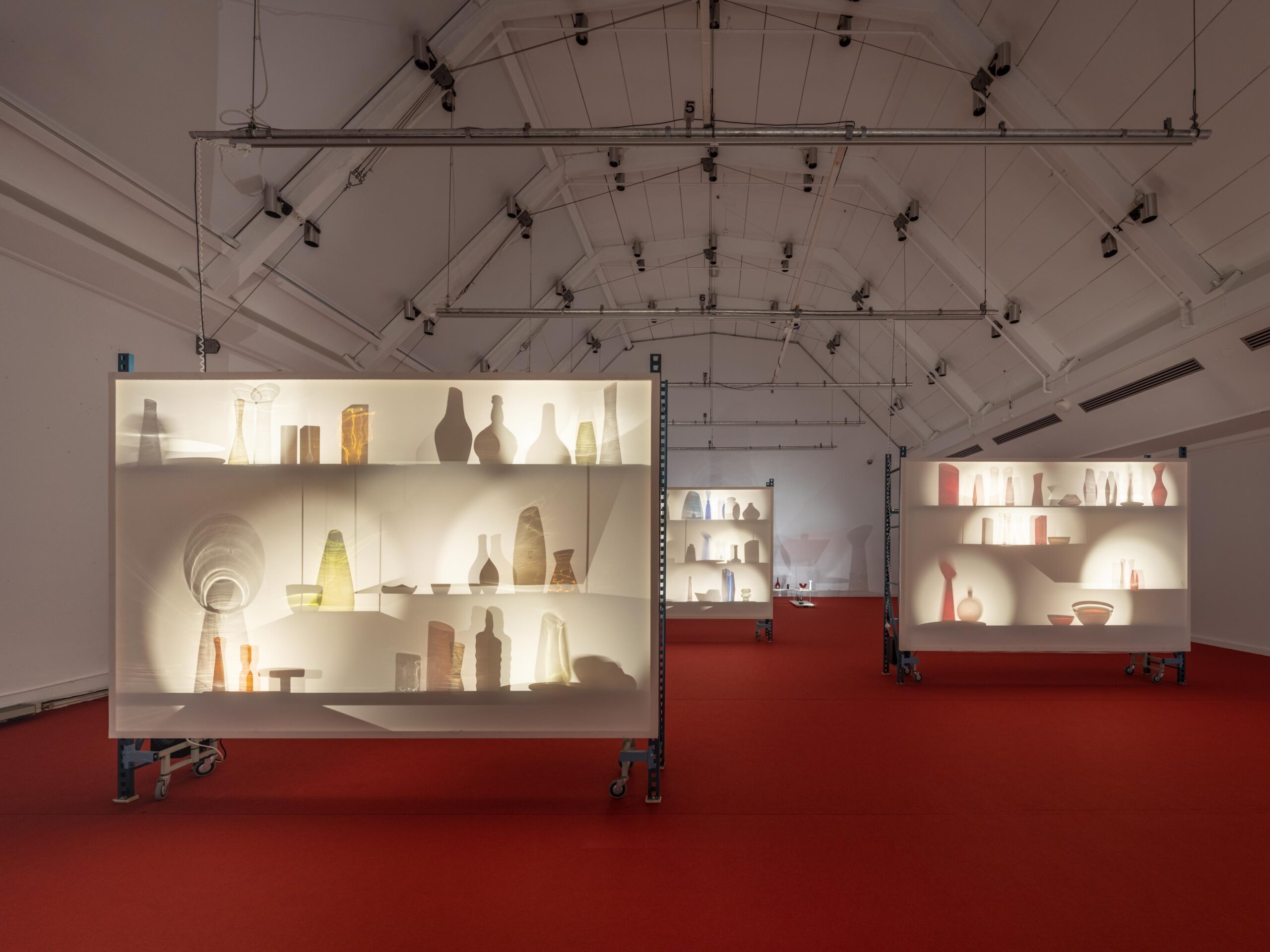
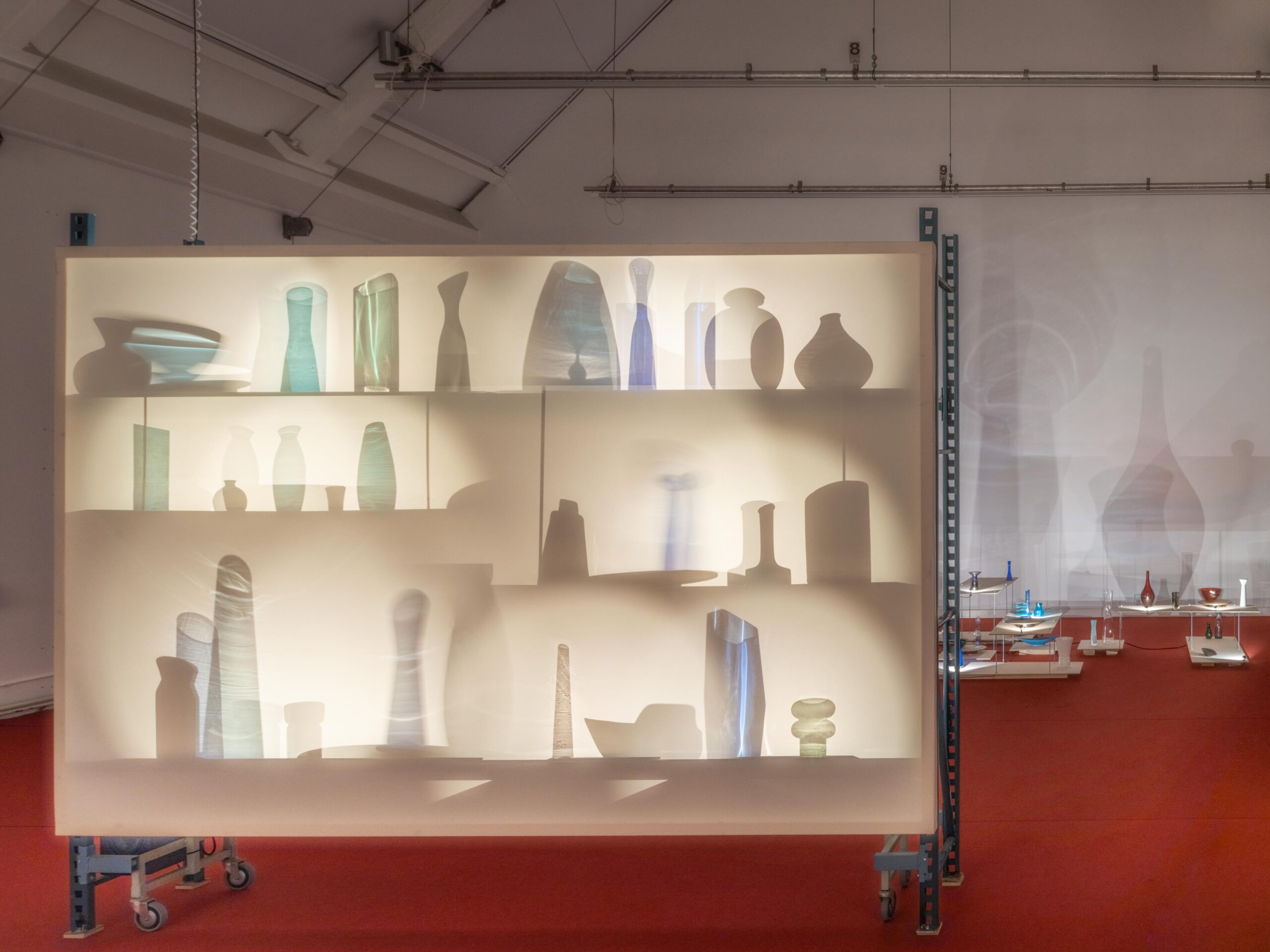
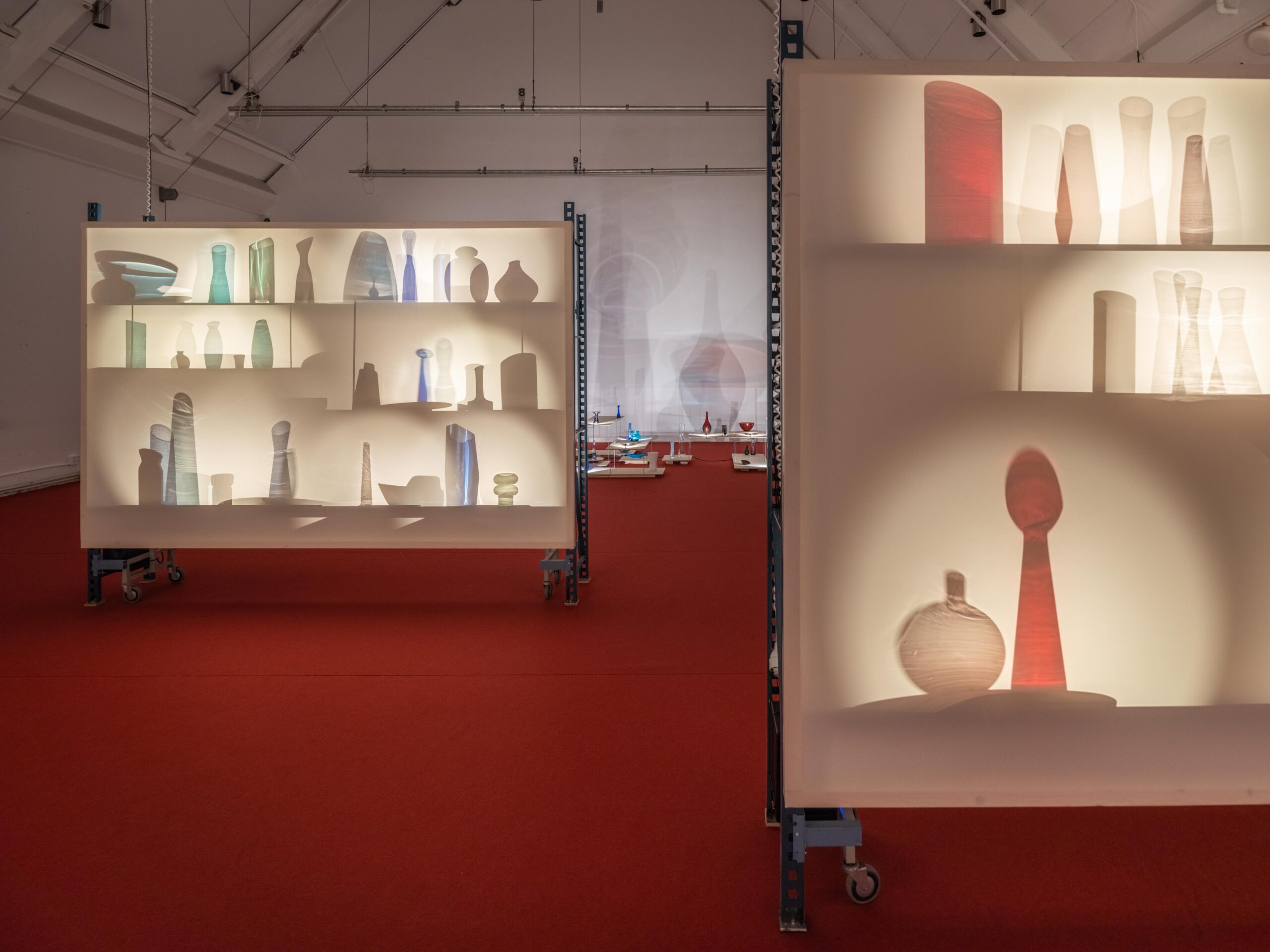
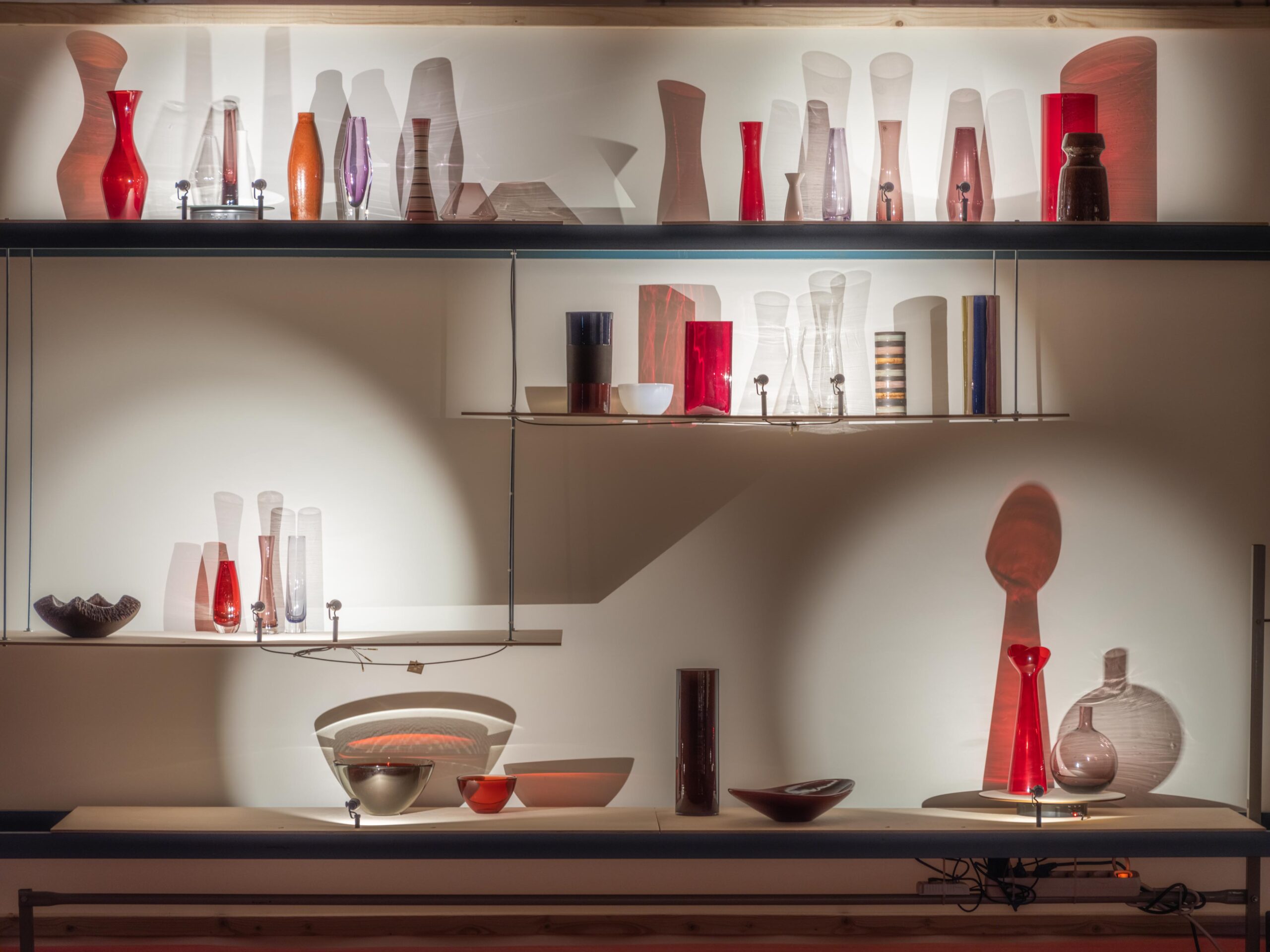
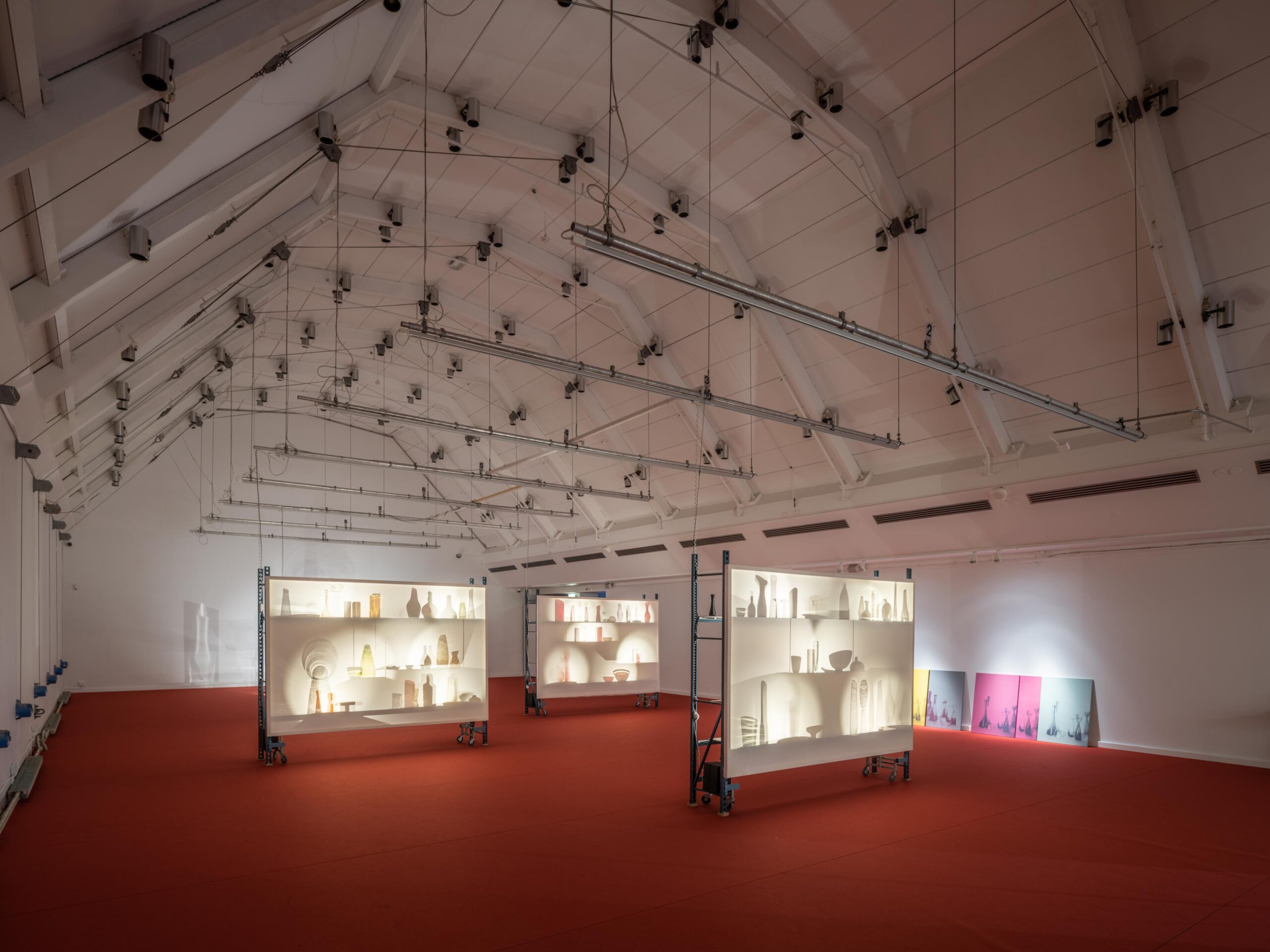
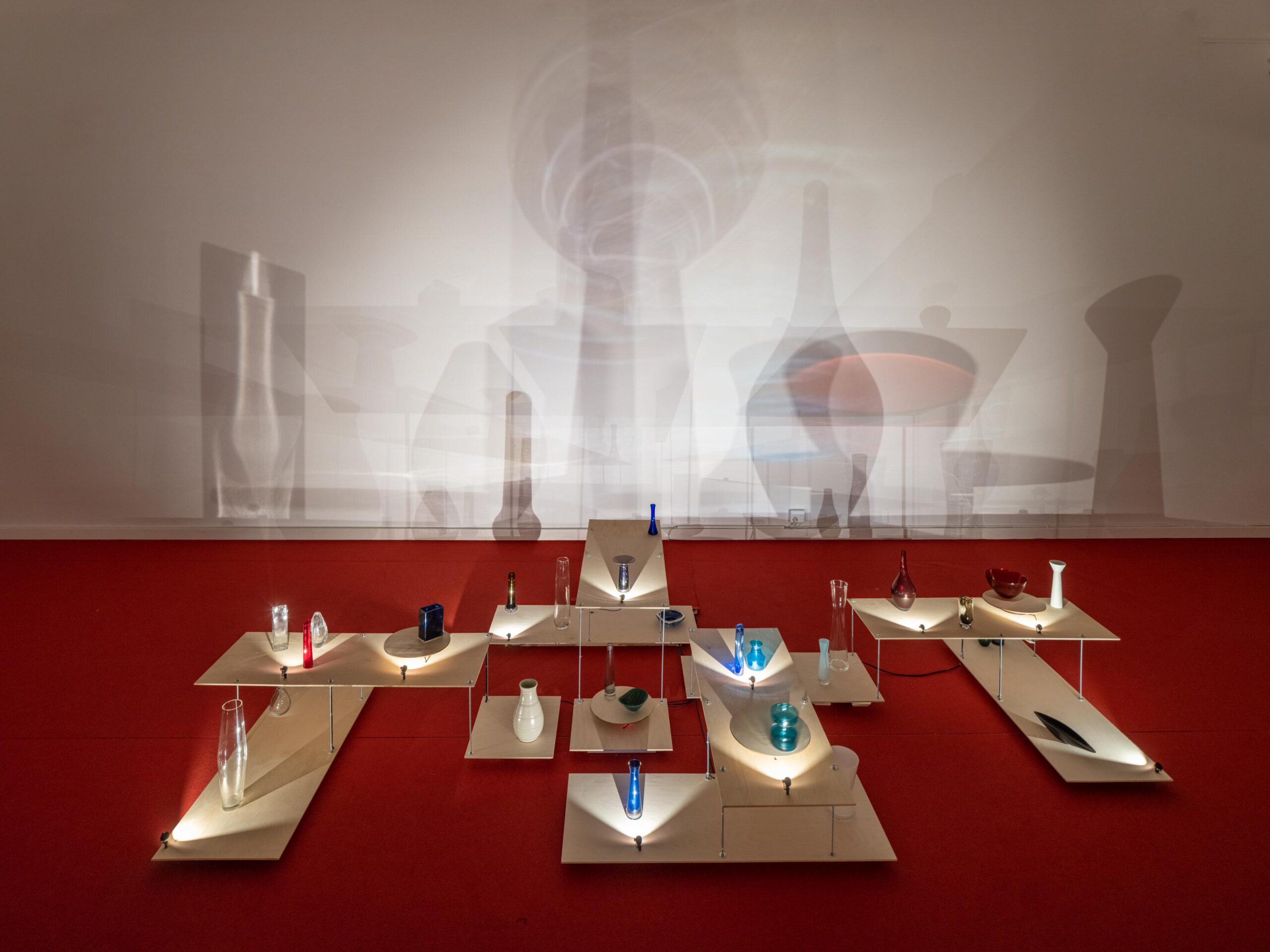
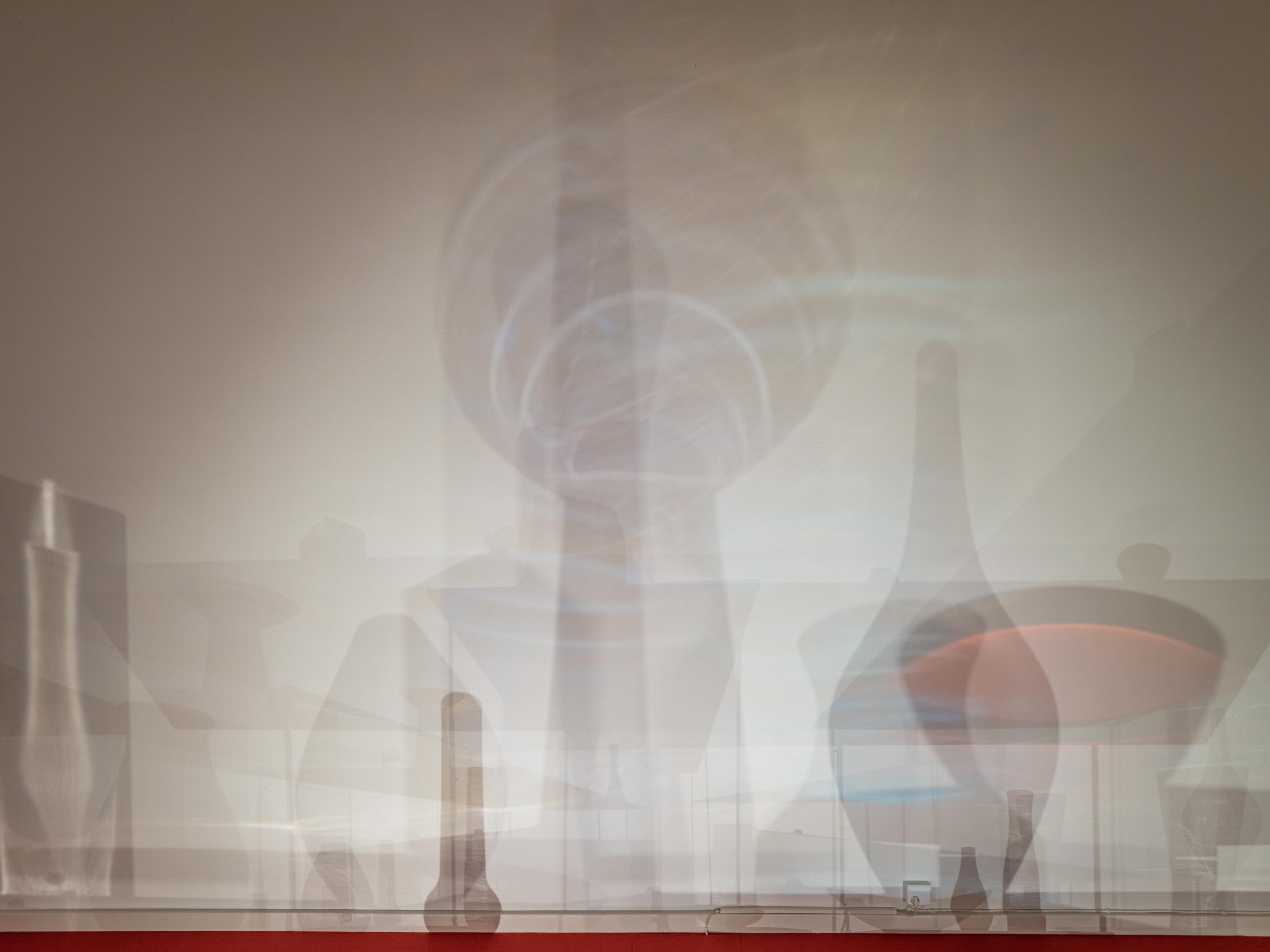
Photo: Jean-Baptiste Béranger
In Laercio Redondo´s work a ghostly narrative in the form of a central historical figure, previously overseen or not fully understood on his or her role in a specific trajectory of modernism, often appears. Through an interplay between histories and a fresh mediation of it that uses everything from film footage to live plants, Laercio Redondo brings us to a place in the present that meditates upon the past. We are brought to this specific place, called understanding, not only through our gaze. We are brought there also by the way we are placed in the installations, in the way text and sound moves between the images that surround us, and the images and previous experiences that dwell in our bodies and our minds. This interplay offers us a deeper understanding of the past and of what we have become, as a society.
In Södertälje konsthall we encounter a fictive collection of Swedish design objects. The collection is far from static, it is staged, it moves, it is shadowed and unveiled at the same time. Parts of it is reappropriated and reprinted in silk screens that play with modernist colour schemes. We are reminded of a post-modernist icon such as Andy Warhol, yet the silk screens in this show have an uneasy way of moving between the notion of a singular (expensive) art object and set design. The portrayed design objects are almost an iconography of Swedish design as we have come to know it. What do they bring to the understanding of Swedish design, and the design of Swedish society? Perhaps their playful universe of colour, shadow and sound become the purgatory from which we are to enter another understanding of the history of aesthetics and design in the societal brand called “Sweden”. Redondo and Lipinski will not serve us with an easy answer to what Sweden once was and has become. Yet, it does seem as though we are reminded that the specific engineering of modernist ideals in Sweden might be what prevents us from a more multifaceted future.
Joanna Sandell, Director, Södertälje konsthall
